 As 2015 came to a close and winter break was upon us, I had some time to reflect upon my teaching practice, as I planned for my next units of study. I remembered how, at the beginning of the year, we received from our Literacy Specialist an immersion packet. The packet suggested several teacher-written pieces, which would go along with the units from Atlas.
As 2015 came to a close and winter break was upon us, I had some time to reflect upon my teaching practice, as I planned for my next units of study. I remembered how, at the beginning of the year, we received from our Literacy Specialist an immersion packet. The packet suggested several teacher-written pieces, which would go along with the units from Atlas.
The assignment was overwhelming to say the least. Several colleagues remarked that there was no way they were going to do that much writing, on top of everything else that had to be done.
But once we dug into the units with our students, we remembered quickly the importance of writing for—and with—our learners.
When students see me engaging in the writing I am asking them to do, they immediately view it as authentic. I always choose my stories carefully to avoid students’ copying my subject matter (a lesson learned in previous years). And I never do just one draft and call it good.
I have found that if I allow them to see my struggles and imperfections, they are more open to our revising and editing sessions with their work. I will intentionally write stories that I know need revision, allowing my students to see that even adult writing needs work. I write for them and use my pieces to write with them. We even do shared pieces based on shared experiences. Once, for instance, we brought a microwave into the classroom and popped popcorn so that we could all write a descriptive paragraph together. That was a lesson they never forgot!
The Conversation with Editing
Probably the best lesson for me with editing and revision has come through the writing of this blog. After I submit my pieces, our editor does his thing, which means inevitable changes to sentence structure, word choice, and sometimes even titles. I have to admit, it can be hard to take at times. This made me realize that I need to be more gentle in my approach with my students; more conversation needs to happen as I go through their pieces. It also made me realize how shared writing, revising and editing can help my students achieve better results.
After I submit my pieces, our editor does his thing, which means inevitable changes to sentence structure, word choice, and sometimes even titles. I have to admit, it can be hard to take at times. This made me realize that I need to be more gentle in my approach with my students; more conversation needs to happen as I go through their pieces. It also made me realize how shared writing, revising and editing can help my students achieve better results.
So as I sat in my very quiet classroom planning our launch for our next unit, I decided I would try writing the assignments that I give students, lesson by lesson. I’ll find what fits, what doesn’t, and what I need to move around. I’ll analyze my points of frustration and do my best to anticipate what will be stumbling points for my students. Will it be perfect? No, of course not. But I’m sure I’ll learn a few things along the way that will make it better than if I taught it without trying it.
When it comes to writing, I’m not sure that practice ever makes perfect. But it certainly makes me a better teacher.
 Beth Rogers is a fifth grade teacher for Clarkston Community Schools, where she has been teaching full time since 2006. She is blessed to teach Language Arts and Social Studies for her class and her teaching partner’s class, while her partner teaches all of their math and science. This enables them to focus on their passions and do the best they can for kids. Beth was chosen as Teacher of the Year for 2013-2014 in her district. She earned a B.S. in Education at Kent State University and a Master’s in Educational Technology at Michigan State University.
Beth Rogers is a fifth grade teacher for Clarkston Community Schools, where she has been teaching full time since 2006. She is blessed to teach Language Arts and Social Studies for her class and her teaching partner’s class, while her partner teaches all of their math and science. This enables them to focus on their passions and do the best they can for kids. Beth was chosen as Teacher of the Year for 2013-2014 in her district. She earned a B.S. in Education at Kent State University and a Master’s in Educational Technology at Michigan State University.

 If you are an educator, you know how quickly things can pile up around conference time and holiday breaks. Add in a few major life crises, and you can get way behind.
If you are an educator, you know how quickly things can pile up around conference time and holiday breaks. Add in a few major life crises, and you can get way behind. When I began blogging with my 5th graders a few years ago, it was only to participate in the
When I began blogging with my 5th graders a few years ago, it was only to participate in the  When I said “yes” to all, a new excitement filled the room. Soon students were busily typing stories that were mostly fiction, a genre our writing curriculum doesn’t touch in 5th grade. As they wrote, I was struck by something: They had passion and excitement for writing. The length of the writing alone was impressive, but there were paragraphs and dialogue! Students wanted to know if they could end with an ellipsis and “to be continued.” They were excited to write in this way and to read the writing of their classmates. I’d found gold.
When I said “yes” to all, a new excitement filled the room. Soon students were busily typing stories that were mostly fiction, a genre our writing curriculum doesn’t touch in 5th grade. As they wrote, I was struck by something: They had passion and excitement for writing. The length of the writing alone was impressive, but there were paragraphs and dialogue! Students wanted to know if they could end with an ellipsis and “to be continued.” They were excited to write in this way and to read the writing of their classmates. I’d found gold.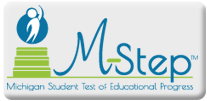
 Prior to the March challenge, I had assigned blogging homework every week. Those students without technology were able to stay in at lunch and use the single student computer in my classroom. The students were excited to do this online writing and I gave them feedback every week. I loved it because students were creating a digital portfolio of their writing that would show their growth over the course of the school year. I gave them weekly assignments reflecting the work we were doing in the classroom, which gave me one more look at how they were applying the mini-lessons. Parents liked the technology use and the fact that they could also see their child’s writing – something not easily accessed with often well-guarded writer’s notebooks.
Prior to the March challenge, I had assigned blogging homework every week. Those students without technology were able to stay in at lunch and use the single student computer in my classroom. The students were excited to do this online writing and I gave them feedback every week. I loved it because students were creating a digital portfolio of their writing that would show their growth over the course of the school year. I gave them weekly assignments reflecting the work we were doing in the classroom, which gave me one more look at how they were applying the mini-lessons. Parents liked the technology use and the fact that they could also see their child’s writing – something not easily accessed with often well-guarded writer’s notebooks.
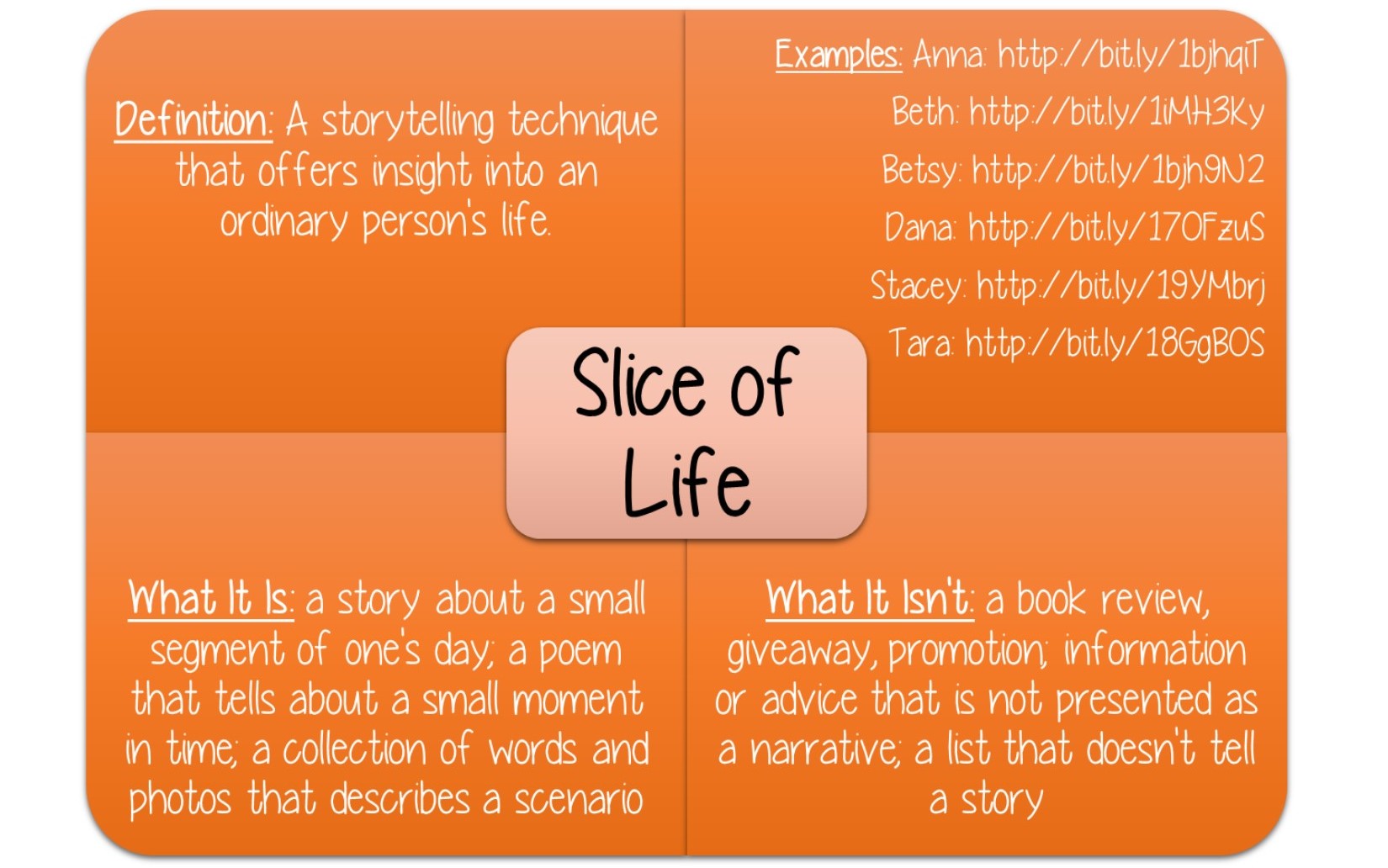 28 weeks. When I hear this I think of being just more than halfway through a pregnancy. While I am not having a baby, I am witnessing the growth and development of my classroom of writers. According to my teacher blog, I have assigned 19 posts, not counting the daily expectation for this month. We have been blogging weekly since the school year began. I started this process mainly as preparation for the
28 weeks. When I hear this I think of being just more than halfway through a pregnancy. While I am not having a baby, I am witnessing the growth and development of my classroom of writers. According to my teacher blog, I have assigned 19 posts, not counting the daily expectation for this month. We have been blogging weekly since the school year began. I started this process mainly as preparation for the  Does this mean that all of my students are suddenly writing beautiful blog posts, with wonderful spelling and grammar? Nope. In fact, there are some downright cringe-worthy pieces of writing on our class pages. But they are excited, they want to write, and they are paying more attention. When we give comments, I tell my students to tell the writer specifically what they have done well. My hope is that they will begin to transfer some of this attention to their own work. In small increments, I am seeing evidence of this. I only have to scroll back to September to see the growth right in front of me. I also set out Chromebooks at conferences so parents can peruse their child’s blog while they wait. This is very informative and often makes conversations easier.
Does this mean that all of my students are suddenly writing beautiful blog posts, with wonderful spelling and grammar? Nope. In fact, there are some downright cringe-worthy pieces of writing on our class pages. But they are excited, they want to write, and they are paying more attention. When we give comments, I tell my students to tell the writer specifically what they have done well. My hope is that they will begin to transfer some of this attention to their own work. In small increments, I am seeing evidence of this. I only have to scroll back to September to see the growth right in front of me. I also set out Chromebooks at conferences so parents can peruse their child’s blog while they wait. This is very informative and often makes conversations easier. Beth Rogers is a fifth grade teacher for Clarkston Community Schools, where she has been teaching full time since 2006. She is blessed to teach Language Arts and Social Studies for her class and her teaching partner’s class, while her partner teaches all of their math and science. This enables them to focus on their passions and do the best they can for kids. Beth was chosen as Teacher of the Year for 2013-2014 in her district. She earned a B.S. in Education at Kent State University and a Master’s in Educational Technology at Michigan State University.
Beth Rogers is a fifth grade teacher for Clarkston Community Schools, where she has been teaching full time since 2006. She is blessed to teach Language Arts and Social Studies for her class and her teaching partner’s class, while her partner teaches all of their math and science. This enables them to focus on their passions and do the best they can for kids. Beth was chosen as Teacher of the Year for 2013-2014 in her district. She earned a B.S. in Education at Kent State University and a Master’s in Educational Technology at Michigan State University. 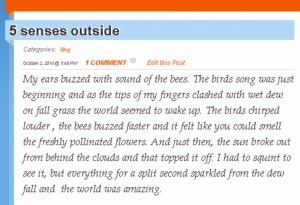
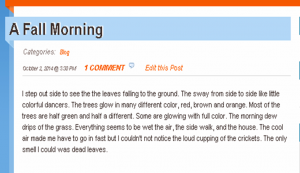
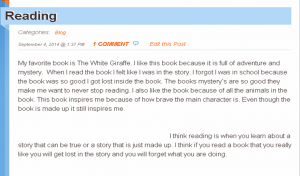

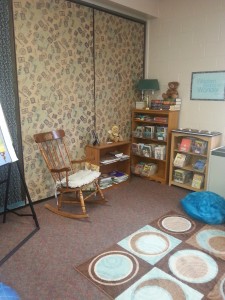
 This is a huge undertaking that is born out of reflection and the desire to do what I know is best for my students. I know that having an authentic audience and getting consistent feedback inspires and motivates my learners. Our district Ed Tech Specialist just gave me a link to a site called
This is a huge undertaking that is born out of reflection and the desire to do what I know is best for my students. I know that having an authentic audience and getting consistent feedback inspires and motivates my learners. Our district Ed Tech Specialist just gave me a link to a site called  Beth Rogers is a fifth grade teacher for Clarkston Community Schools, where she has been teaching full time since 2006. She is blessed to teach Language Arts and Social Studies for her class and her teaching partner’s class, while her partner teaches all of their math and science. This enables them to focus on their passions and do the best they can for kids. Beth was chosen as Teacher of the Year for 2013-2014 in her district. She earned a B.S. in Education at Kent State University and a Master’s in Educational Technology at Michigan State University.
Beth Rogers is a fifth grade teacher for Clarkston Community Schools, where she has been teaching full time since 2006. She is blessed to teach Language Arts and Social Studies for her class and her teaching partner’s class, while her partner teaches all of their math and science. This enables them to focus on their passions and do the best they can for kids. Beth was chosen as Teacher of the Year for 2013-2014 in her district. She earned a B.S. in Education at Kent State University and a Master’s in Educational Technology at Michigan State University.